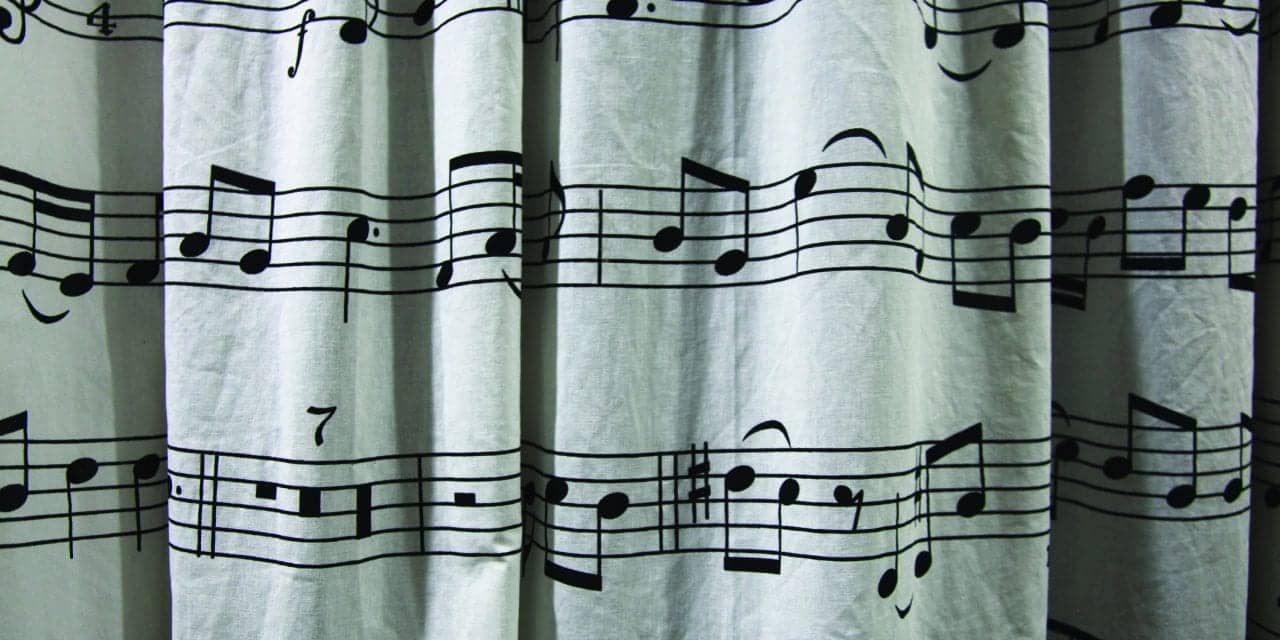Back to Basics | July 2019 Hearing Review
The Bernoulli effect is central to how we speak and it, at least in part, defines many of the characteristics of the speech spectrum input to hearing aids. Daniel Bernoulli was a member of a Bach-like family where several generations participated in the family business. Of course, for the Bernoullis, it was mathematics and physics, and not music, that defined their family’s vocation. And other than the famous Bernoulli distribution in the field of statistics, he discovered and described the phenomenon whereby the speed of sound is inversely related to the (sound) pressure.
The Bernoulli effect was used by the Wright brothers when they defined the shape of their airplane wing; a design that forced higher speeds of air over top of the wing than below, thereby creating a net negative pressure above the wing, also known as “lift.” It also explains how the reeds of many musical instruments such as the saxophone, clarinet, and oboe, vibrate. And it also explains why a transit passenger should not stand too close to the edge of the subway or train platform when a train is approaching—the high speed of the passing train creates a low-pressure zone that can suck an unexpecting passenger inwards towards the deadly train.
The Bernoulli effect also explains the behavior of our vocal chords and how they vibrate to provide the underlying energy for many of our speech sounds. As air rushes upwards from our lungs, they create a high speed of air rushing past the edges of our vocal chords and this creates a low-pressure zone, sucking our vocal chords together (and then the subglottal pressure blows them open a moment later). The rate that the vocal chords open (subglottal pressure) and close (Bernoulli effect) is called our fundamental frequency, or pitch.
Because of how the vocal chords are held rigidly at both ends, they function like guitar or violin strings and create harmonics at integer multiples of the fundamental frequency. My fundamental frequency, or pitch, happens to be exactly 125 Hz. But I also have harmonics at 250 Hz, 375 Hz, 500 Hz, 625 Hz, and so on. This array of harmonics define the important formant pattern that we see in speech, primarily below 3500 Hz. Above 3500 Hz, there is mostly frication noise as heard in the sounds /f/, /s/, /sh/, and /th/.
In hearing aids, frequency shifting/compression schemes work well for the higher frequency fricative sounds, but should not be used for the lower frequency sounds where harmonics are the important aspect. Frequency compression in the lower frequencies would alter the important harmonic structure, thereby altering the pitch of a person’s voice. It would also be deleterious for music since a B-flat would no longer be a B-flat.
And this is where Paris Hilton, one of the heirs to the Hilton Hotel chain, comes in…
It turns out that the Hilton Hotels were the first to address and minimize the Bernoulli effect—in the shower. Who hasn’t taken a shower only to have the (cold) shower curtain come in and stick to them. The high speed of the water coming from the shower head (and warm rising air) creates a low-pressure zone which sucks in the damp, cold shower curtain. Someone at Hilton Hotels (obviously an expert in the Bernoulli effect) had the great idea of installing shower curtain rods that arc outward, away from the bathtub, thereby increasing the distance between the curtain and the hotel patron. No longer are hotel patrons fair game for being attacked by cold and damp pieces of plastic during their morning ablutions. Since then, virtually every other hotel chain I have had the pleasure to stay at has followed suit.
Citation for this article: Chasin M. What do acoustics, Paris Hilton, and shower curtains have in common? Hearing Review. 2019;26(7):12.






